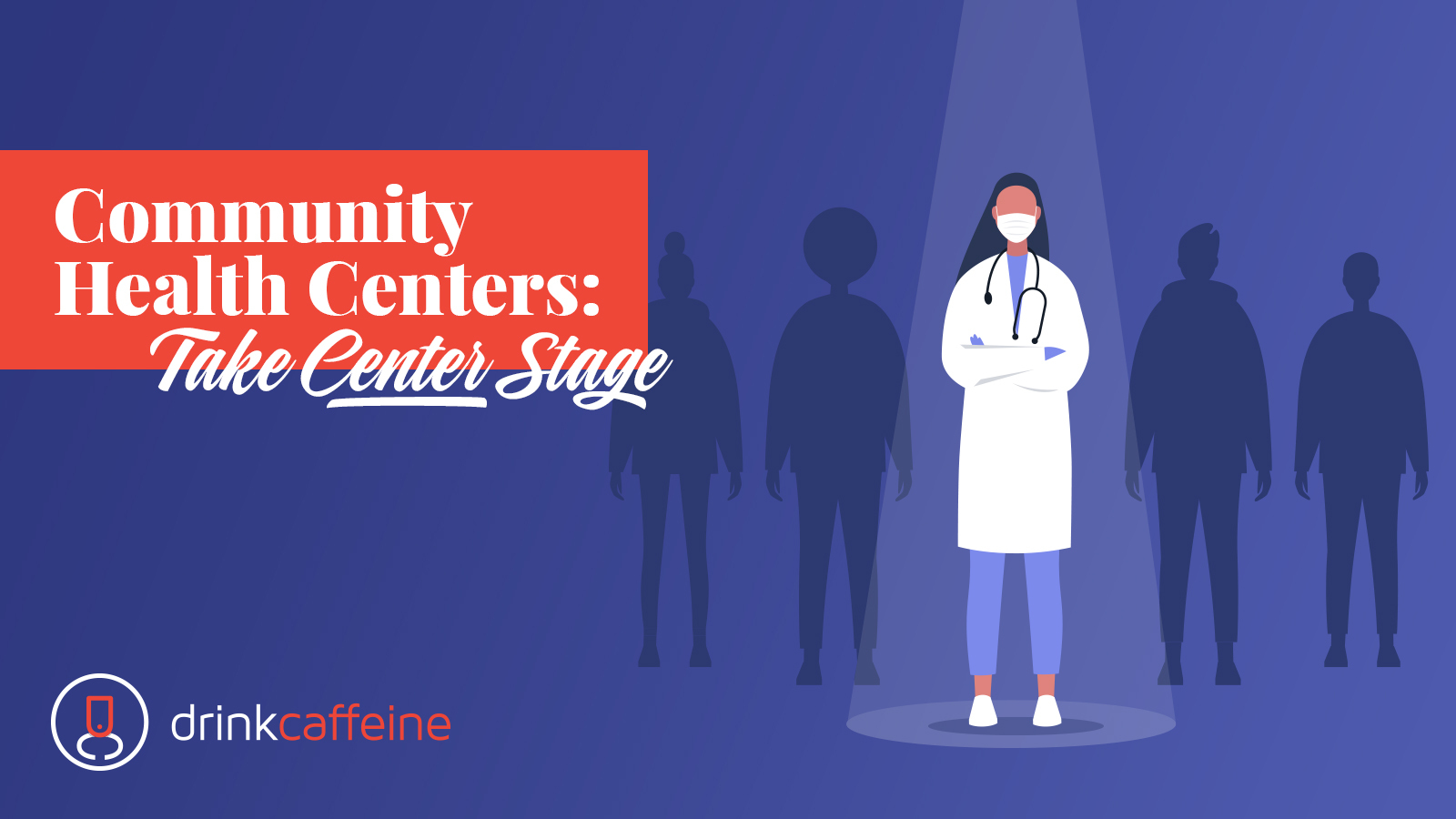Approximate reading time: 2.5 minutes
It’s been quite a ride for the Community Health Center.
Since funding increased under the ACA, there’s evidence that the nation’s 1400 community health centers have upped their game. More are offering same-day appointments. There’s more off-hours medical consulting, more bilingual staff, and greater use of electronic health records to improve efficiency and care delivery.
Even before ACA funding increased in 2014, a 2012 Stanford study showed evidence that FQHCs can perform on the same level as private health systems. This probably explains why CHCs (in addition to serving the expanded Medicaid market) are also attracting a (slowly) growing number of private-insurance patients.
We think these performance indicators – and the existential threat of the pandemic to CHCs – set the table for a decisive shift in perceptions.
Here are 3 ways to enact that shift.
1. Reputation management
Whoa. Don’t circle the wagons just yet. We’re talking about improving the perceptions of CHCs, not burying bad news.
CHCs need to build their reputations as performance and thought leaders – not as the “heroes of the underserved.”
To be sure, reputation is based primarily on the quality of the care delivered, but it is also based on perceptions, which can be shaped by a huge menu of tactics including: events, speaking engagements, provider profiles and doctor ratings, and legitimate care signatures rooted in clinical efficacy.
2. Content marketing
Leading health systems invest in content because it yields results, often producing 5x more qualified prospects than traditional “push” marketing. For a good example, look no further than Cleveland Clinic, whose Health Essentials website is a Commons area where patients can access and contribute content.
If you’re still establishing a content strategy, some advice:
- Start small.
- Determine how you can curate content from your ecosystem before producing new content.
- Make sure all content adheres to brand standards.
- Address governance issues early.
3. Positioning & Message
The Medical Industrial Complex is aptly named. Its complexity is certainly confusing to patients. And this opens a door for CHCs to spell out with clarity what their value proposition is. Some ideas:
Our people are here because they care. In other words, CHC providers aren’t here to get rich. They’re here to make your health their mission.
CHCs know the community. This means your CHC can inform you about what’s happening where you live – valuable information in a pandemic.
More medicine = more care. CHCs are expanding to provide more types of care, especially since the opioid crisis has tested their resiliency. Today, 90% of CHCs offer mental health services, and treat 70% substance use disorder.
Smaller = Better = Successful healthcare. Large health systems feel impersonal. Patients can get lost. So can compassion. CHCs (even large ones) can counter-position themselves as qualitatively better, producing successful outcomes and healthy patients because of their size, not despite it.
Reality check
We know CHCs are not utopian. Front line environments never are. That’s why FQHCs still have a significant burnout rate, with lots of vacant positions for PCPs, RNs, LPNs, and mental health providers.
But when we hear that CHCs are not perceived as true competitors by private sector primary care providers in the same market, we think that can (and should) change.
To start making your CHC a more desirable destination, contact us.


